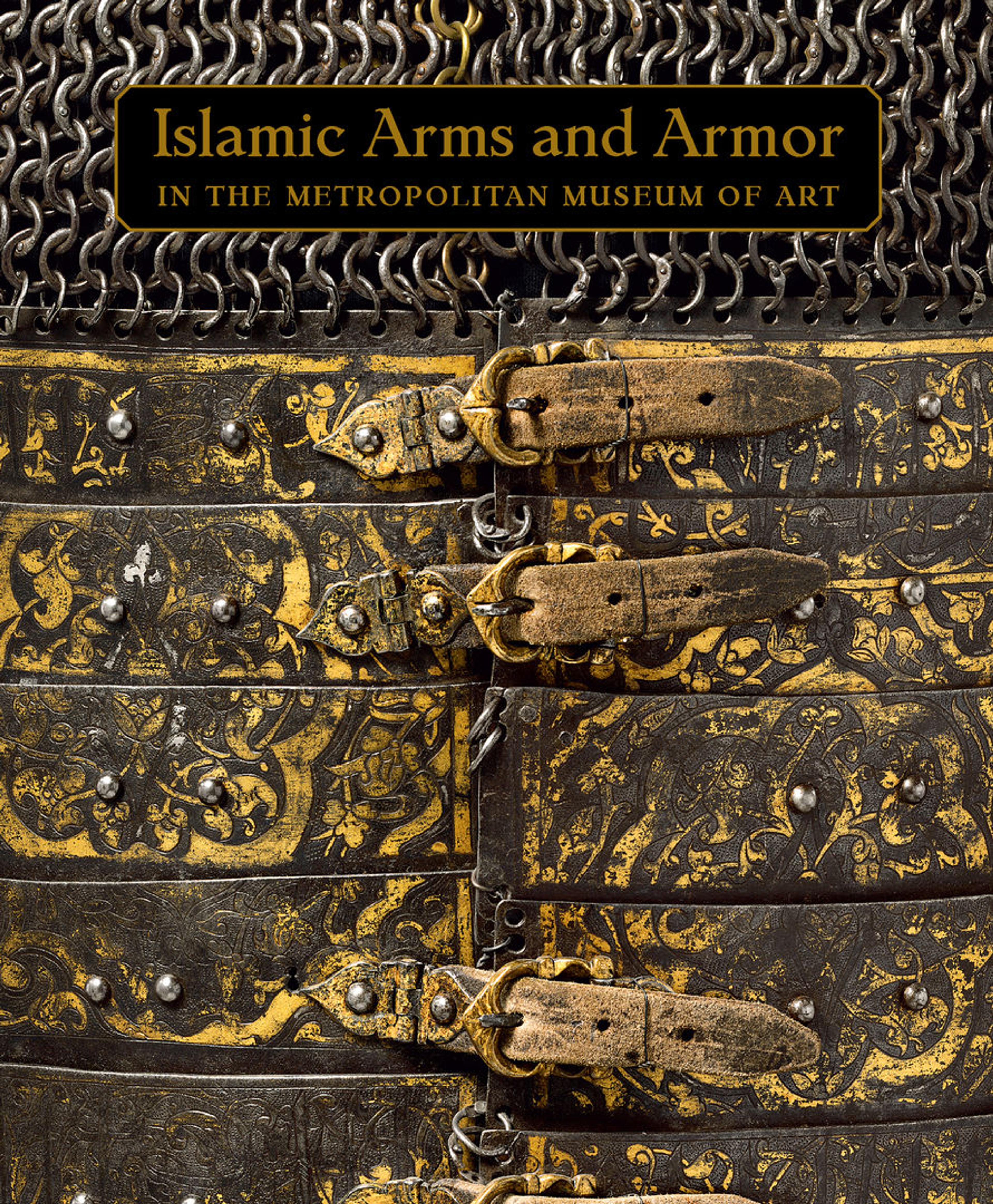Ceremonial Mace
This ceremonial mace is a rare example fashioned entirely from rock crystal. Rock crystal was often carved to produce luxurious objects, including an Islamic, perhaps Fatimid, mace that became part of the Hungarian royal regalia. Several detached rock-crystal mace heads are known, among them a probably tenth- to eleventh-century Iranian example in the Metropolitan Museum's collection (acc. no. 1981.86).
Most likely from Mughal India, this mace has a haft that is decorated in a style found on several Indian maces and axes now in the Wallace Collection, London (nos. 1563 and 1595). A very similar ovoid head is on an all-steel Indian mace dated 1880 and now in the Khalili Collection, London (no. MTW 1130). The ovoid shape, however, is not confined to India; similar mace heads are known from Bukhara as well. Much earlier examples of ovoid mace heads exist, probably from the eleventh or twelfth century, among them a Seljuq mace in the Furusiyya Art Foundation, Vaduz (no. R-101). It is likely that this is a Central Asian type imported into India by the Mughals, who originally came from Bukhara.
The debased acanthus leaves with which the rock-crystal shaft of this example is decorated preclude a dating to the grand period of Mughal art during the seventeenth century. Consequently a later dating, provisionally to the eighteenth century, is suggested.
Most likely from Mughal India, this mace has a haft that is decorated in a style found on several Indian maces and axes now in the Wallace Collection, London (nos. 1563 and 1595). A very similar ovoid head is on an all-steel Indian mace dated 1880 and now in the Khalili Collection, London (no. MTW 1130). The ovoid shape, however, is not confined to India; similar mace heads are known from Bukhara as well. Much earlier examples of ovoid mace heads exist, probably from the eleventh or twelfth century, among them a Seljuq mace in the Furusiyya Art Foundation, Vaduz (no. R-101). It is likely that this is a Central Asian type imported into India by the Mughals, who originally came from Bukhara.
The debased acanthus leaves with which the rock-crystal shaft of this example is decorated preclude a dating to the grand period of Mughal art during the seventeenth century. Consequently a later dating, provisionally to the eighteenth century, is suggested.
Artwork Details
- Title: Ceremonial Mace
- Date: 18th century
- Culture: Indian
- Medium: Rock crystal, gold, copper alloy, ruby
- Dimensions: L. 21 in. (53.4 cm); Diam. of head 2 in. (5 cm); Wt. 1 lb. 6 oz. (636 g)
- Classification: Shafted Weapons
- Credit Line: Bequest of George C. Stone, 1935
- Object Number: 36.25.1884
- Curatorial Department: Arms and Armor
More Artwork
Research Resources
The Met provides unparalleled resources for research and welcomes an international community of students and scholars. The Met's Open Access API is where creators and researchers can connect to the The Met collection. Open Access data and public domain images are available for unrestricted commercial and noncommercial use without permission or fee.
To request images under copyright and other restrictions, please use this Image Request form.
Feedback
We continue to research and examine historical and cultural context for objects in The Met collection. If you have comments or questions about this object record, please complete and submit this form. The Museum looks forward to receiving your comments.
